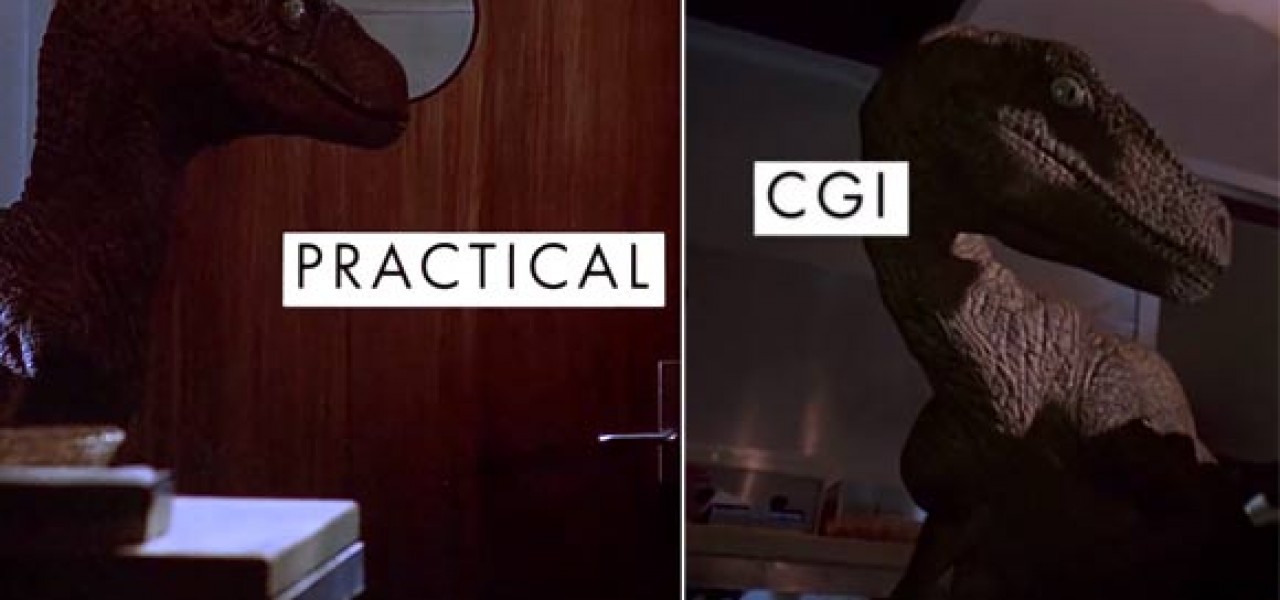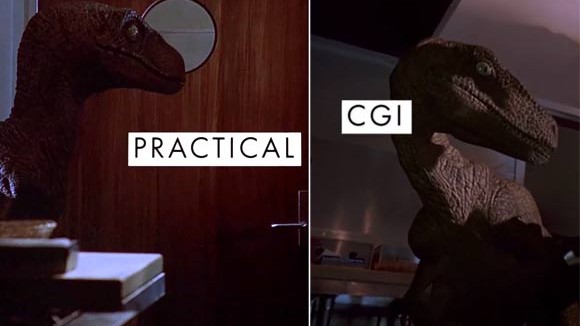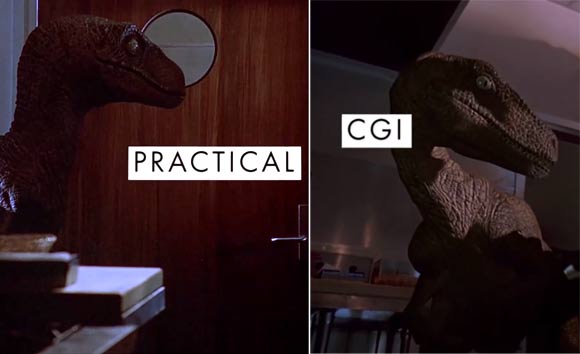

How The ‘Jurassic Park’ Dinosaurs Switched From Stop Motion To CGI

Steven Spielberg’s Jurassic Park, along with other early-to-mid-Nineties films like Terminator 2: Judgment Day and Toy Story, were all part of a breakthrough era in CGI filmmaking. What many people may not realize, however, is that the decision to use computer-animated dinosaurs in Jurassic Park wasn’t made until the film was well into production.
The Academy of Motion Picture Arts & Sciences has released a nine-minute short film called Moments That Changed The Movies: Jurassic Park that talks about the fateful decision to switch from stop motion and animatronics to computer animation for some of the film’s key dinosaur scenes.
I enjoyed watching this doc for a couple reasons. First, it’s always startling to be reminded how young computer animation and visual effects are as art forms; Jurassic Park came out just 21 years ago. Second, it illustrates that big changes in cinematic art are rarely initiated by movie execs or the money people, but begin with the filmmakers and artists themselves. The use of computer animation animation in Jurassic Park was an idea instigated by a group of renegades at ILM, who had initially been hired to add motion blur to the stop motion animation that was being created by Phil Tippett. Many of the principals responsible for the CGI dinosaurs are interviewed in the film including Steve “Spaz” Williams, Stefen Fangmeier, Mark Dippé, and Dennis Muren.
To Spaz Williams from the video:
You had to be arrogant about it because had we failed, that would have been the end. There was no room for failure at this point. I love the term, “You will never…” If I listened to “You will never…” T-Rex wouldn’t have been built.
If you want to see more rare behind-the-scenes footage, Williams has posted additional clips on his Vimeo account, like this T-Rex Bone walk and T-Rex run.

